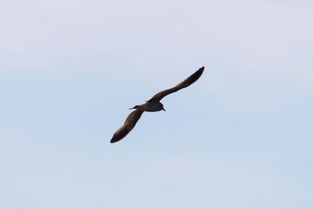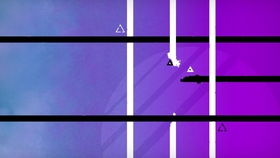Content:
Introduction: Fishing is an ancient pastime that has been enjoyed by people across the globe for centuries. With its relaxing nature and the thrill of catching a fish, it's no wonder that fishing has become a popular hobby. One of the most exciting aspects of fishing is mastering the technique of lure fishing, which can be both challenging and rewarding. In this article, we will delve into the art of lure fishing and provide you with tips and tricks to help you quickly learn and improve your fishing skills.
Understanding Lure Fishing: Lure fishing is a technique where artificial lures are used to attract fish. These lures mimic the movement and appearance of natural prey, such as insects, fish, or crustaceans. Lure fishing can be done in various bodies of water, including lakes, rivers, and oceans, and it requires a different approach compared to bait fishing. To become proficient in lure fishing, it's essential to understand the basics and practice regularly.

Choose the Right Lure: The first step in learning lure fishing is to select the appropriate lure for the fish you want to catch. There are numerous types of lures available, such as spinners, crankbaits, jigs, and soft plastics. Each lure has its unique characteristics and is designed to mimic different prey. Research the species you are targeting and choose a lure that best suits their preferences.
Master the Cast: A good cast is the foundation of successful lure fishing. To improve your casting technique, practice casting in different directions and distances. Focus on achieving a smooth, accurate cast that covers the desired area. Experiment with different casting techniques, such as the overhead cast, sidearm cast, and roll cast, to find what works best for you.
Learn the Retrieve: The retrieve is the movement of the lure through the water, and it plays a crucial role in attracting fish. The speed, rhythm, and type of retrieve can vary depending on the lure and the fish you are targeting. Start by practicing a steady retrieve, then experiment with varying the speed and rhythm. Pay attention to the water conditions and the behavior of the fish to adjust your retrieve accordingly.
Read the Water: Understanding the water you are fishing in is essential for successful lure fishing. Observe the currents, structure, and vegetation to identify potential fish-holding areas. Look for areas where the water is deeper, slower, or has more cover, as these spots are often prime locations for fish. By reading the water, you can tailor your lure choice and retrieve technique to maximize your chances of catching fish.
Use Sensory Feedback: When fishing with lures, it's crucial to be in tune with your senses. Pay attention to the feel of the line, as it can provide valuable information about the fish's reaction to your lure. A sudden tap or pull on the line may indicate a strike, so be ready to set the hook quickly. Additionally, watch for any changes in the water's surface, such as ripples or disturbances, which can indicate the presence of fish.
Practice Patience and Persistence: Learning to fish effectively with lures requires patience and persistence. Fish may not bite immediately, and it's essential to remain calm and focused. Experiment with different lures, retrieves, and techniques until you find what works best for the specific conditions and fish species. Remember that practice makes perfect, so don't get discouraged if you don't catch fish right away.
Conclusion: Lure fishing is a skill that can be mastered with time, practice, and dedication. By understanding the basics, choosing the right lure, mastering the cast and retrieve, reading the water, using sensory feedback, and practicing patience, you can quickly improve your fishing skills. Remember that fishing is a journey, and each experience will teach you something new. Embrace the challenge, enjoy the process, and before long, you'll be a seasoned lure fishing expert. Happy fishing!












